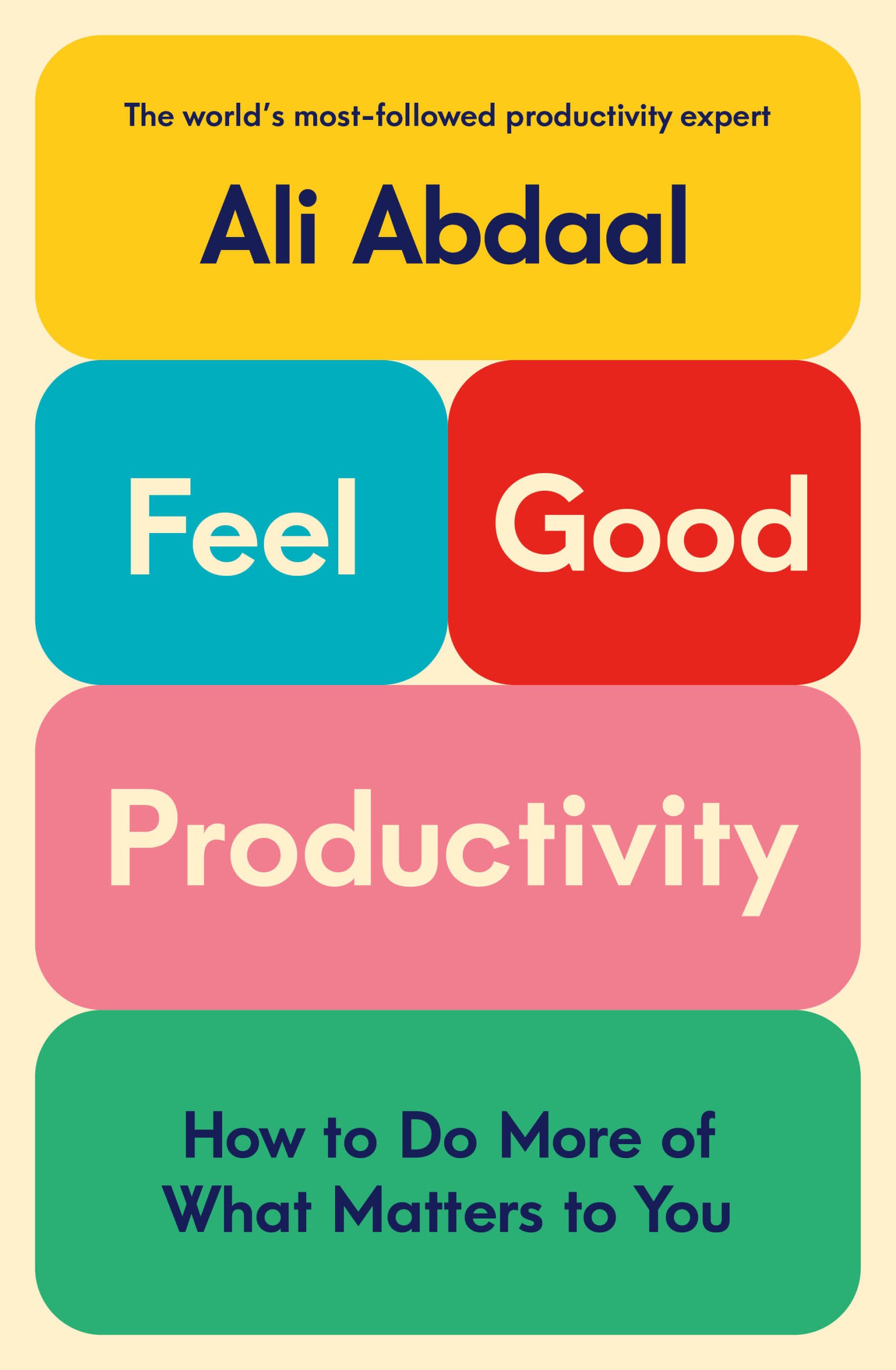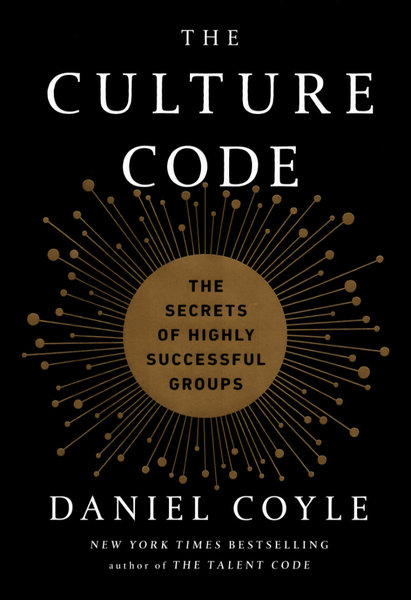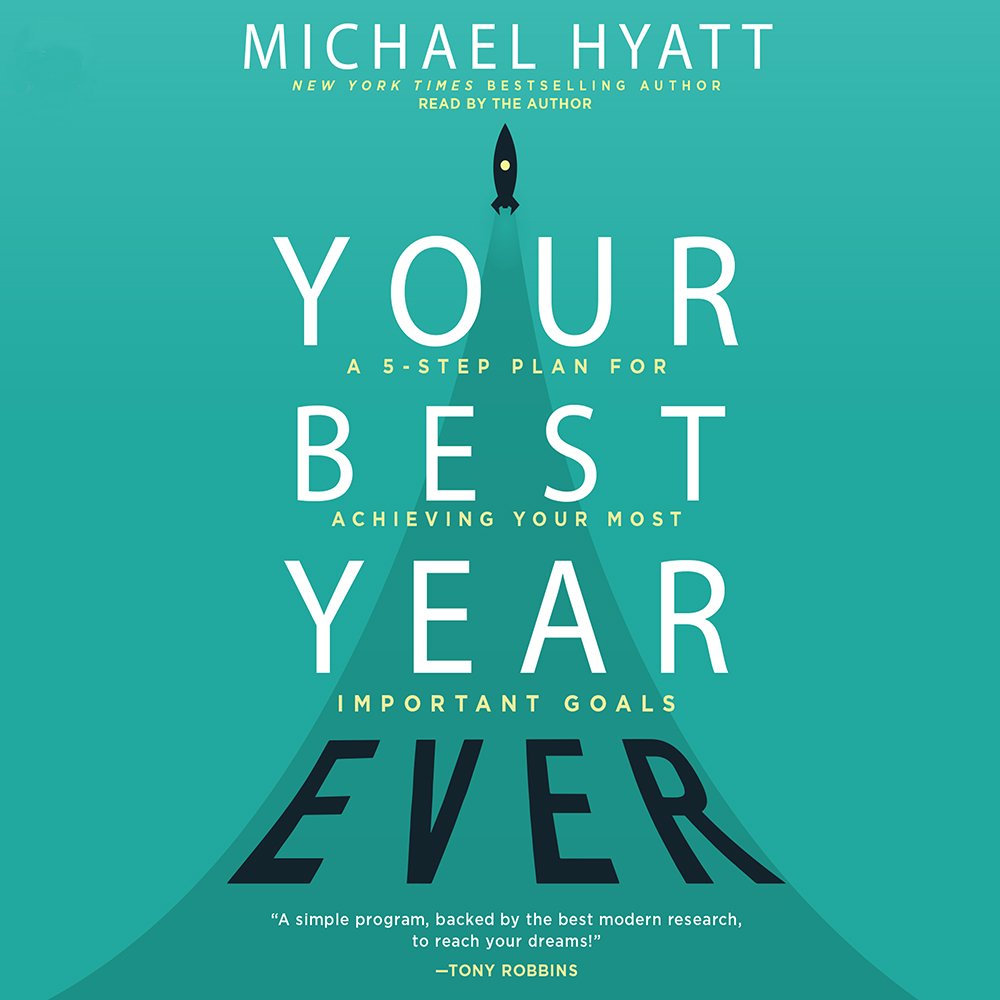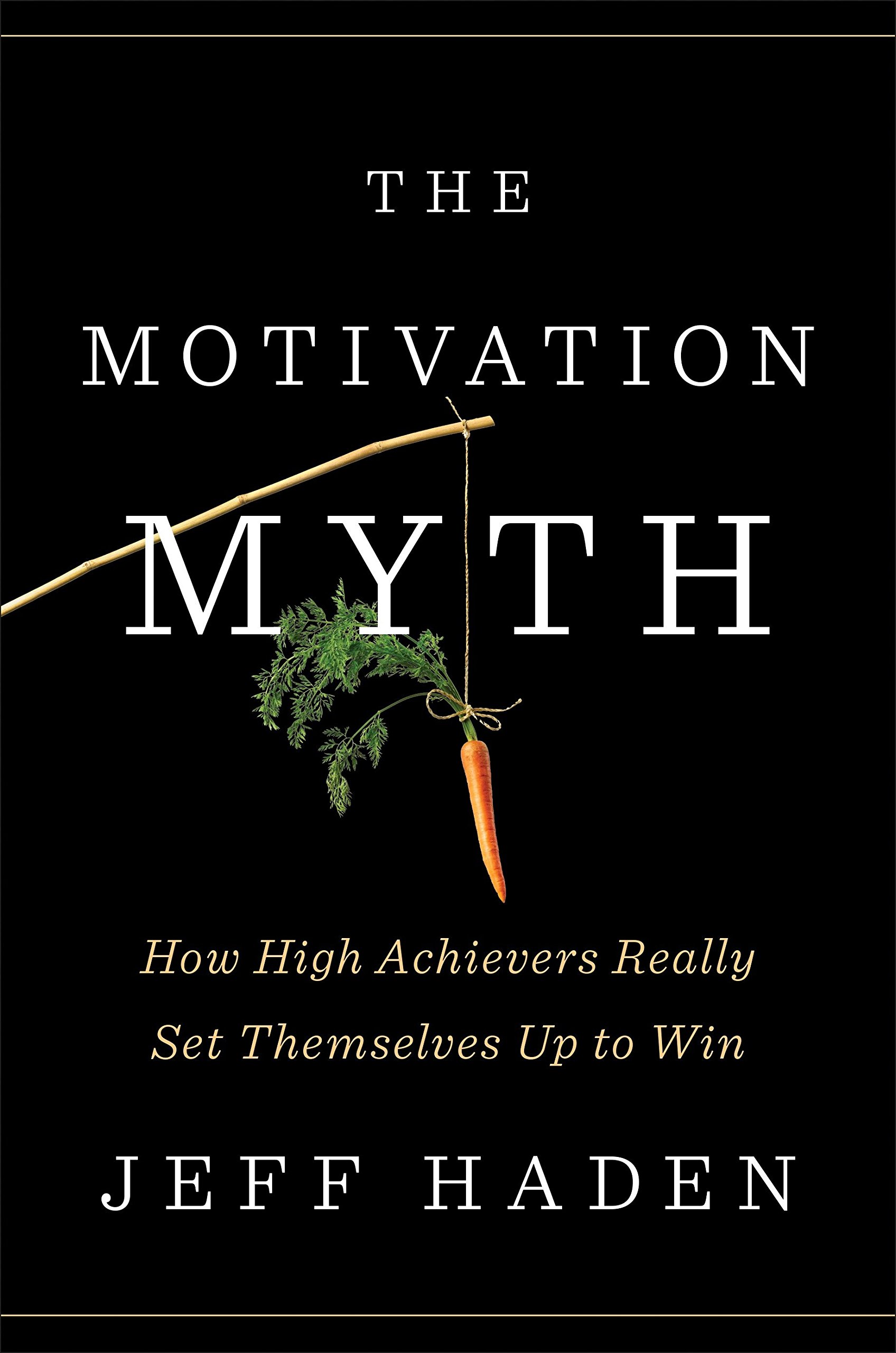Review of Feel-Good Productivity Feel-Good Productivity is not a productivity system to help the readers get more done at any cost. It is about doing more of what matters to you. It will help you learn more about yourself, what you love and what really motivates you. The author wants to offer a new way of thinking about productivity that you can apply to your own life in your own way. Feel Good Feeling good does not just end with feeling good. It actually changes our patterns of thought and behaviour. This will also lead to greater productivity. The 3 Energisers The author asks us to incorporate play, power and people into our lives. These are the 3 energisers that help us feel good in our work and life, boosting our energy and helping us do more of what matters to us. The author reminds that when it comes to interpersonal dynamics, the truth is often unclear due to the different personal perceptions and circumstances. Although sometimes we have to do tasks that we do not enjoy, we can take control by choosing how we work on it. This could make the tasks more enjoyable. Procrastination The 3 emotional barriers…
Introduction Think Like An Entrepreneur, Act Like A CEO is a book about achieving a better working life. The author wants to help the readers to become more nimble in the workplace. At first, I was wondering whether this is for business owner or for employees and I was looking to learn more about running a business. But this is actually a book for workers. Authors Beverly E. Jones is an executive coach, leadership consultant, speaker, author and podcaster. She is also a Visiting Fellow at the Voinovich School of Leadership and Public Service at Ohio University. Contents Think Like An Entrepreneur, Act Like A CEO has an introduction and 50 chapters. These chapters are 1) To Launch Something New, You Need a Good Plan, 2) Think Like an Entrepreneur, Wherever You Are, 3) Listening Is Your Sure Fire, Go-to Career Strategy, 4) Tweak Your Brand to Send Clear Messages, 5) Start Now to Build Leadership into Your Brand, 6) Power up by Tweaking Your Personal Style, 7) Talk Back to the Voice in Your Head, 8) How Do Other People Get Self-Discipline?, 9) How And Why to Keep Smiling, 10) The Real Meaning of “Networking” May Surprise You, 11)…
Introduction Getting Things Done shares the strategies to get a lot more accomplished with much less effort, essentially to be maximally efficient and relaxed, whenever we need or want to be. I am interested in learning the system that the author claims to be so effective in organizing our lives. Author David Allen is the founder of David Allen Company, an executive coaching firm promoting his Getting Things Done methodology. Before being a consultant and productivity adviser, he has been a schoolboy actor, a debating champion, a karate practitioner and teacher, a waiter and a taxi driver and a manager of a lawn-service agency. He has written 3 books on productivity. Contents Getting Things Done has 15 chapters and is divided into 3 parts. It also has a foreword by James Fallows, two introductions (as this is a revised edition), and a conclusion. Part 1 is The Art of Getting Things Done and it contains 3 chapters. This part consists of the theories of this system. The chapters are A New Practice for a New Reality, Getting Control of Your Life: The Five Steps of Mastering Workflow, and Getting Projects Creatively Under Way: The Five Phases of Project Planning. Part…
Introduction One Small Step Can Change Your Life is a book about kaizen. My purpose of reading this book is to learn the way to use kaizen to realize personal dreams, as stated in the preface of this book. Author Robert Maurer is a Director of Behavioral Sciences for the Family Practice Residency Program at Santa Monica-UCLA Medical Center and a faculty member with the UCLA School of Medicine. He also runs a consulting firm known as The Science of Excellence. He has contributed his knowledge of personal happiness and success to corporations, hospital patients and staff, theatrical companies, and the British government. Content One Small Step Can Change Your Life has a preface and 8 chapters. The chapters are 1) Why Kaizen Works, 2) Ask Small Questions, 3) Think Small Thoughts, 4) Take Small Actions, 5) Solve Small Problems, 6) Bestow Small Rewards, 7) Identify Small Moments, and 8) Kaizen for Life. Review First of all, let’s see the author’s definition of kaizen. Kaizen is small steps for continual improvement. Contrast this to innovation which is a drastic process of change. These are the two major strategies humans use to create change. Nonetheless, innovation frequently leads to failure in…
Introduction The Kaizen Event Planner is a book about continuous improvement in the work environment using Kaizen and Lean principles. This book provides a practical guide for planning and executing Kaizen Events in non-manufacturing settings and conducting follow-up to sustain the changes. I have some fundamental knowledge about Kaizen and Lean, but I would like to improve my knowledge on the process. Authors Karen Martin is a consultant specialising in applying Lean principles and tools in office, service, and technical environments. The author is the president of TKMG. She started her career as a scientist and became the Director of Quality Improvement for a large healthcare organisation. Later, she also served as the Director of the Institute for Quality and Productivity at San Diego State University. She is also an instructor for the University of California, San Diego’s Lean Enterprise program and an Industry Advisor for the University of San Diego’s Industrial and Systems Engineering program. She has also authored a few books on the these principles. Mike Osterling is the president of Osterling Consulting. He specialises in deploying Lean Management systems in manufacturing and non-manufacturing environments. He was a Lean Manufacturing Manager in Square D Company before consulting. The…
Introduction The War of Art is supposedly a book about creativity. Its target audience is artists or people in the creative field of work. I found this book when I was searching for a book to improve my creativity. Author Steven Pressfield is an accomplished author. He writes historical fiction, non-fiction, and screenplays. The author has gone through hardship before he found his writing success. Content The War of Art is divided into 3 books and has an introduction. There is also a foreword by Robert McKee, an author, lecturer, and story consultant who is known for his “Story Seminar”. Book One is Resistance: Defining the Enemy. It introduces Resistance and its manifestations, the so-called signs and symptoms. Book Two is Combating Resistance: Turning Pro. This book contains ways to overcome Resistance. Book Three is Beyond Resistance: The Higher Realm. It talks about author’s interpretation of origin of inspiration Review The War of Art is a book about Resistance. The author defines Resistance as the most toxic force on the planet and it is the root of more unhappiness than poverty, disease and erectile dysfunction. The author uses his own life experience to prove the points in this book. As…
Introduction The Culture Code is about how to create successful groups. In this book, the author uncovers the secrets of selected teams or groups and distils them into actionable steps. Author Daniel Coyle is an author and contributing editor for Outside magazine. He has 6 books under his belt. The author has won the 2012 William Hill Sports Book of the Year Prize with The Secret Race which is co-authored by Tyler Hamilton. He also works as a special advisor to the Cleveland Indians. Content There is a total of 17 chapters with an introduction and an epilogue. The chapters are divided into 3 sections (or skills as the author names them). The first skill is Build Safety which consists of 6 chapters. The second skill is Share Vulnerability and contains 6 chapters. The last skill is Establish Purpose and is made up of 5 chapters. The book is structured like a tour where the author first shows how each skill works, then gives some real-life examples before concrete suggestions on applying the skill. Review The Culture Code provides a pathway to developing a successful group. The recommendations are taken from real-life experiences. These successful groups range from business to…
Introduction This book is about achieving goals. It tackles the issue of not following through our new year resolutions and provides a system to setting and achieving goals, hence the title “Your Best Year Ever”. Author Michael Hyatt is a best-selling author and a successful blogger who owns the eponymous site, MichaelHyatt.com. He was working in the publishing industry before founding Michael Hyatt & Company, a leadership development firm. He also created several online courses that aim to increase productivity. Content There are 7 chapters in this book and an appendix. The first chapter is Your Best Is Yet to Come and serves as an introduction. The following chapters are Step 1: Believe the Possibility, Step 2: Complete the Past, Step 3: Design Your Future, Step 4: Find Your Why and Step 5: Make It Happen. The author ends each chapter with an action plan which is essentially a summary of the chapter. The final chapter is The LEAP Principle. The appendix contains some sample goal templates for the readers. Review Have you ever made a new year resolution and could only sustain it for a few days (maybe a few weeks) before giving it up? Then this is the…
Introduction The Motivation Myth aims to bust the motivation myth which states that motivation begets success. Its purpose is to help us achieve huge goals. Author Jeff Haden is a ghostwriter, speaker, author, productivity-improvement consultant, Inc. Magazine contributor and LinkedIn influencer. He has ghostwritten more than 50 books and hundreds of pieces. He had worked in the manufacturing sector for 20 years before changing his career pathway. Content The Motivation Myth contains an introduction and 11 chapters. The chapters are 1) Motivation Is Not the Spark, 2) The Greater Your Focus, the Lower Your Chances of Success, 3) Your Goal Must Always Choose Your Process, 4) Happiness Comes to Serial Achievers, 4.5) Wishing and Hoping Is the Most Unrealistic Approach of All, 5) To Gain Incredible Willpower… Need Less Willpower, 5.5) One Question Provides Nearly Every Answer, 6) Why Work Smarter When You Can Work Your Number? 7) You Don’t Need a Coach; You Need a Pro, 8) Do More by Doing Less and 9) The Bottom Line. I bet you notice there are 2 .5 chapters in the list above. These 2 chapters are shorter than the others, hence the .5. The contents of the chapters correspond to their…









